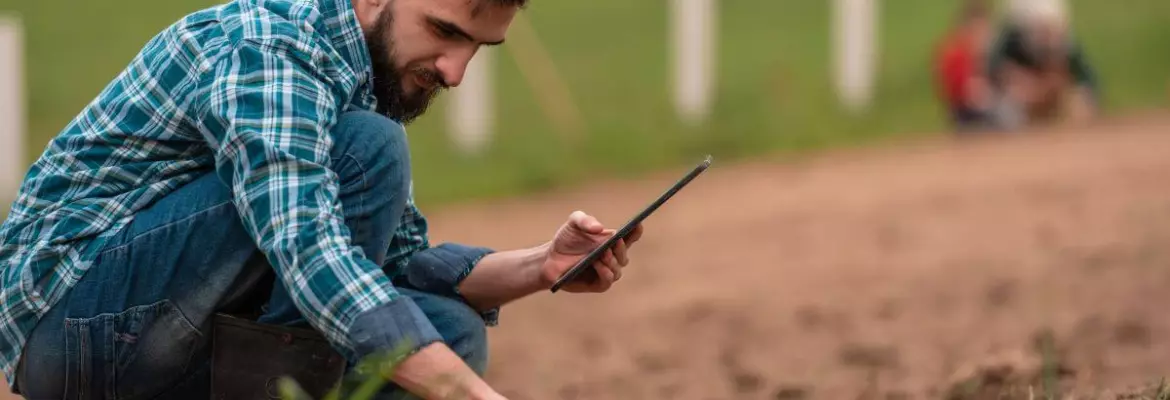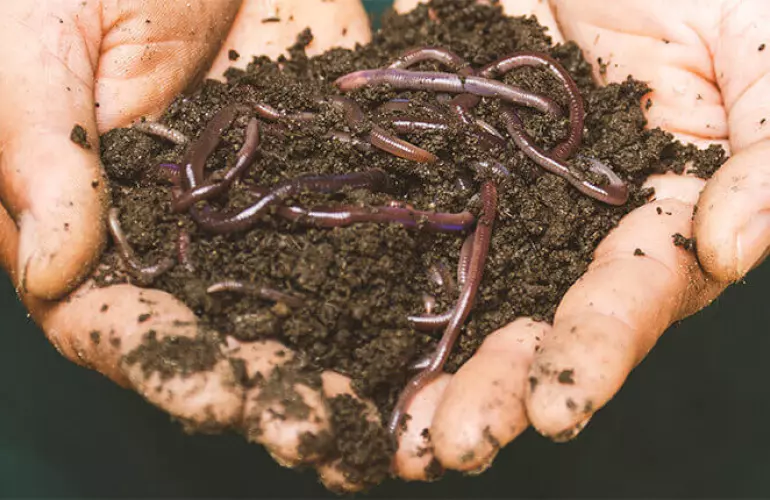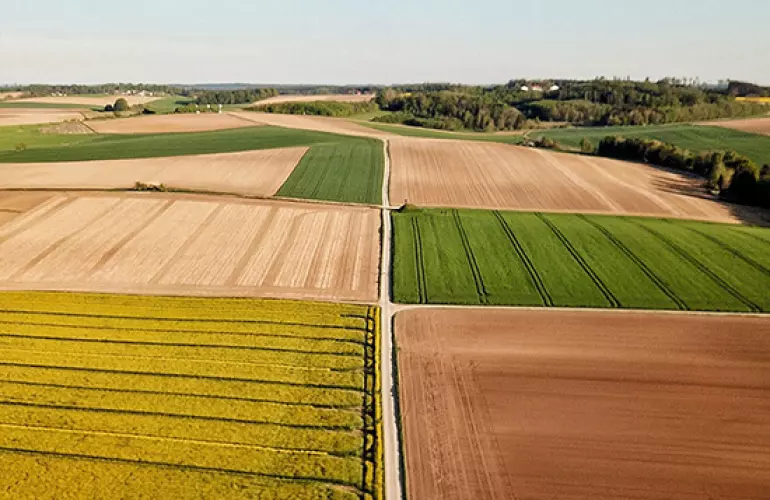
Without the plough, managing weeds is a real challenge in organic farming. However, choosing to work with Minimum Tillage Methods preserves the soil’s structure and microbial life.
Minimum Tillage Methods include different approaches to crop management. The common factor is shallow or reduced cultivation, without using the plough. Minimum Tillage Methods limit erosion and do not mix the soil’s layers, which preserves the nitrogen in the soil. They also reduce work time and mechanisation costs.
Opting for a min-till crop management system in organic farming: a real challenge
Deep ploughing plays an important role in controlling weeds when herbicides cannot be used, but the plough cannot be used in minimum cultivation techniques.
Why then eliminate the plough from organic farming? As with conventional farming, no-plough methods improve the soil’s biological life, reduce working time as well as mechanisation costs due to labour, and improve carbon storage in the soil.
By not mixing the layers with the plough each time, erosion is limited, and nitrogen is more accessible to the crops. Microbial life, fed by the organic matter, and root development contribute to improving the structure of the soil.

Weed control
To grow organic crops successfully without ploughing, it is necessary for the soil to have a good structure and few weeds from the start. Ploughing or subsoiling, in case of compaction, may be necessary before taking the plunge into Minimum Tillage Methods.
Seeding must be carried out in ideal conditions to ensure good seedling emergence.
If you want to stop using the plough, but the plot is infested with weeds, you have to pull out all the stops.
Permanent soil cover by inter-crops is one of the keys to controlling weeds.
It should be integrated into long rotations where crop families and sowing dates alternate to break weed cycles.

Mechanical weeding is a means of ridding the plot of weeds. However, this method is less effective on plots with large amounts of crop residues.
From an economic point of view, if you have to increase the number of mechanical weeding passes to keep weeds under control, you lose some of the advantages of Minimum Tillage Methods in terms of labour time and planting costs.
The benefits of grassland
Weed control is more of a challenge than with conventional methods. In a mixed-crop/livestock system, grassland plays an essential role in managing weeds. After 3 to 5 years of grassland, a plot has more potential for the following crop and less weeds due to mowing and/or grazing. If grassland is not part of the rotation, the situation can be more complicated. More attention must be paid to your rotation, even if it means having a year, every 6 or 7 years, with cover crops and no harvest, to allow the plot to recover.

A multi-partner programme called « Reine Mathilde en Normandie » was initiated to identify and remove the obstacles to the development of organic farming. Trials were carried out in Calvados with 7 and 8-year rotations and 3 years of grassland.
Stopping ploughing resulted in better structural stability and greater microbial biomass in the soil but led to an increase in weed density and greater sensitivity to weather conditions.
A comparison of organic plots, with and without ploughing, in both livestock and cash crop systems, showed that it takes time to see a positive impact on profits. After a few years, when weeds are under control and soil structure and microbial life have improved, yields and profits are similar.
